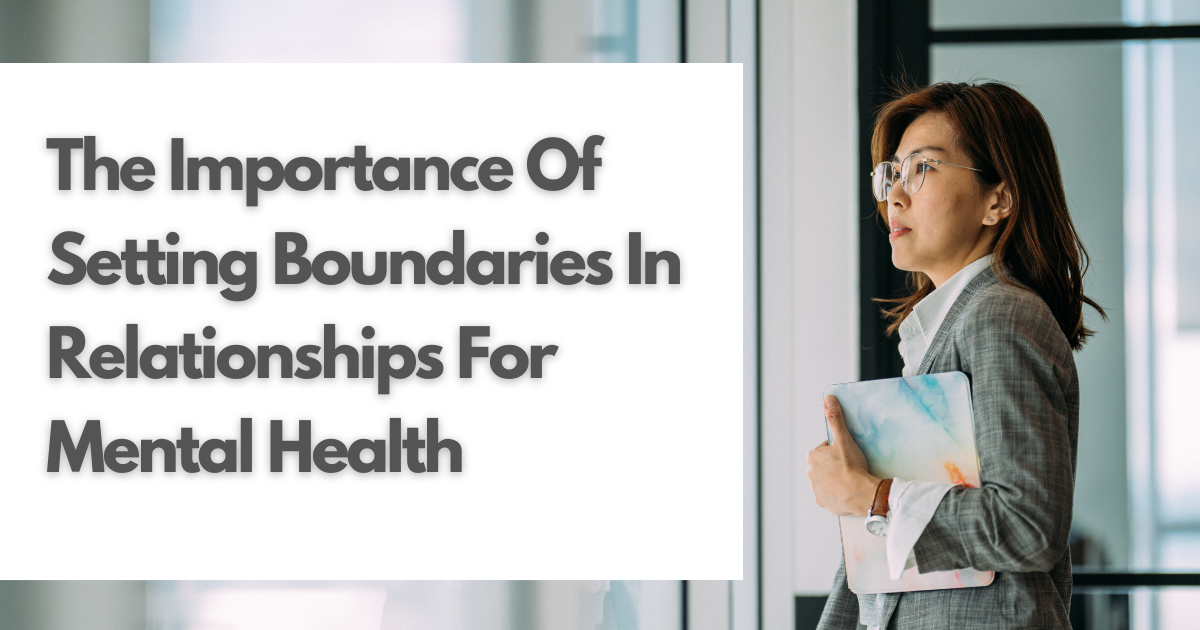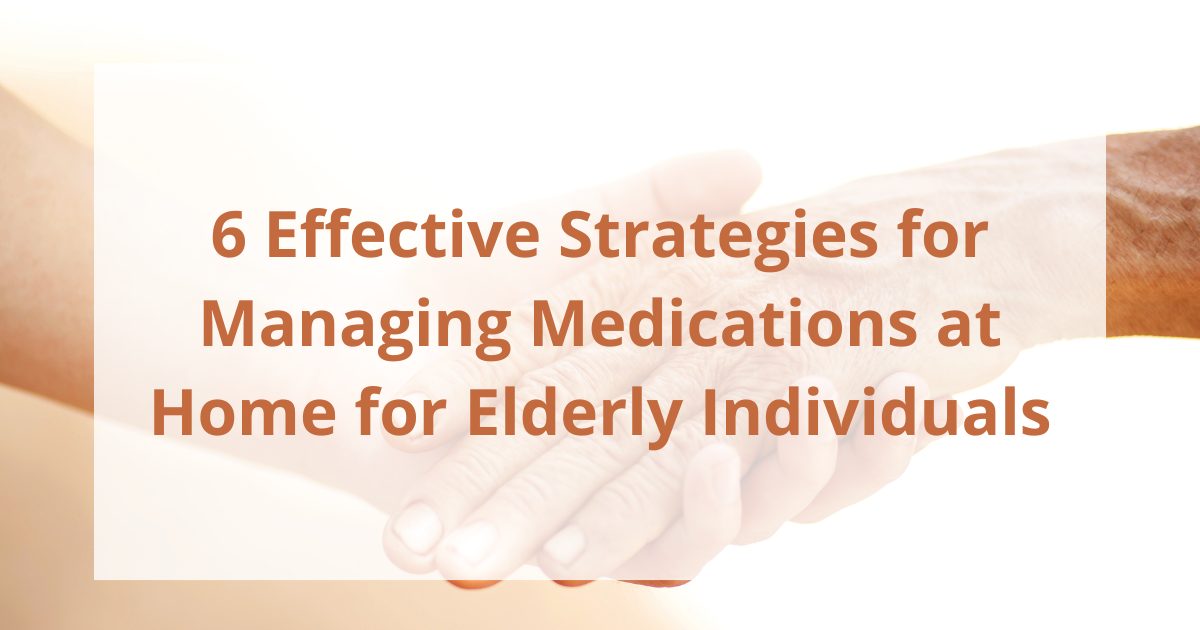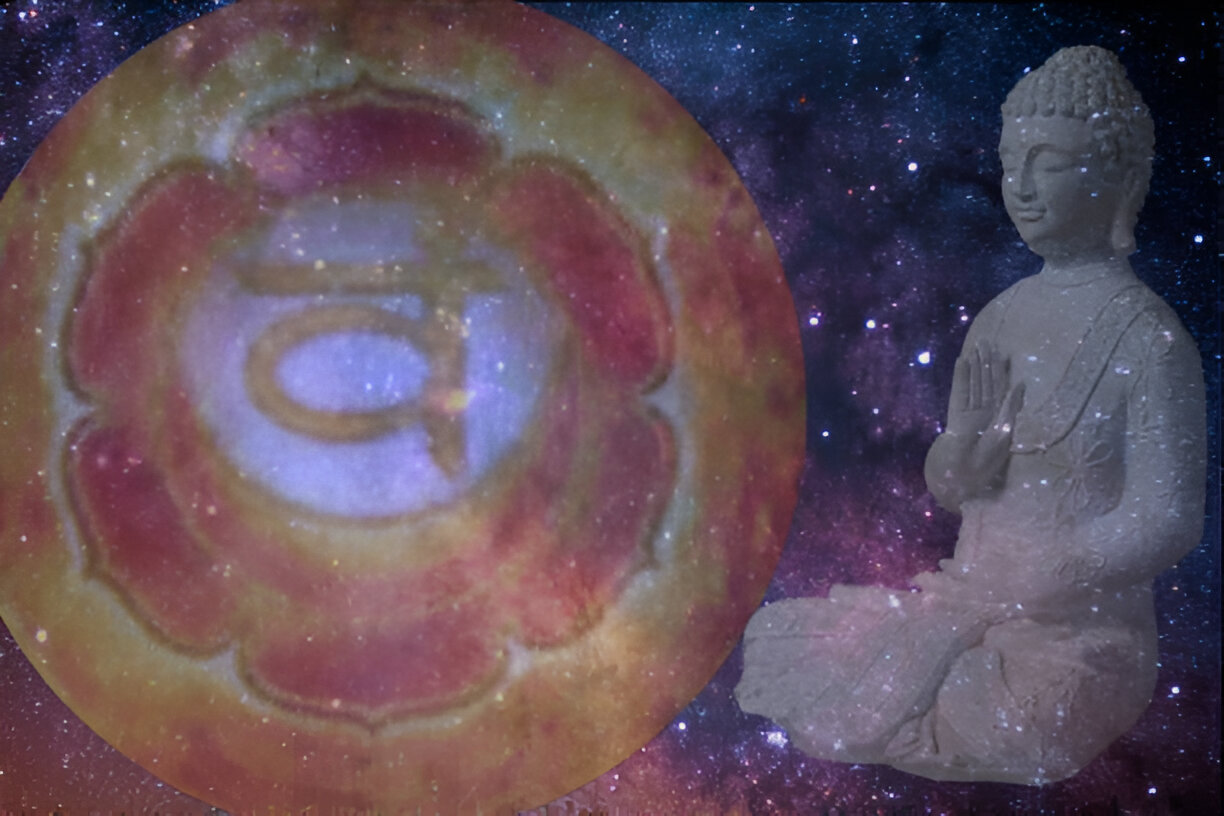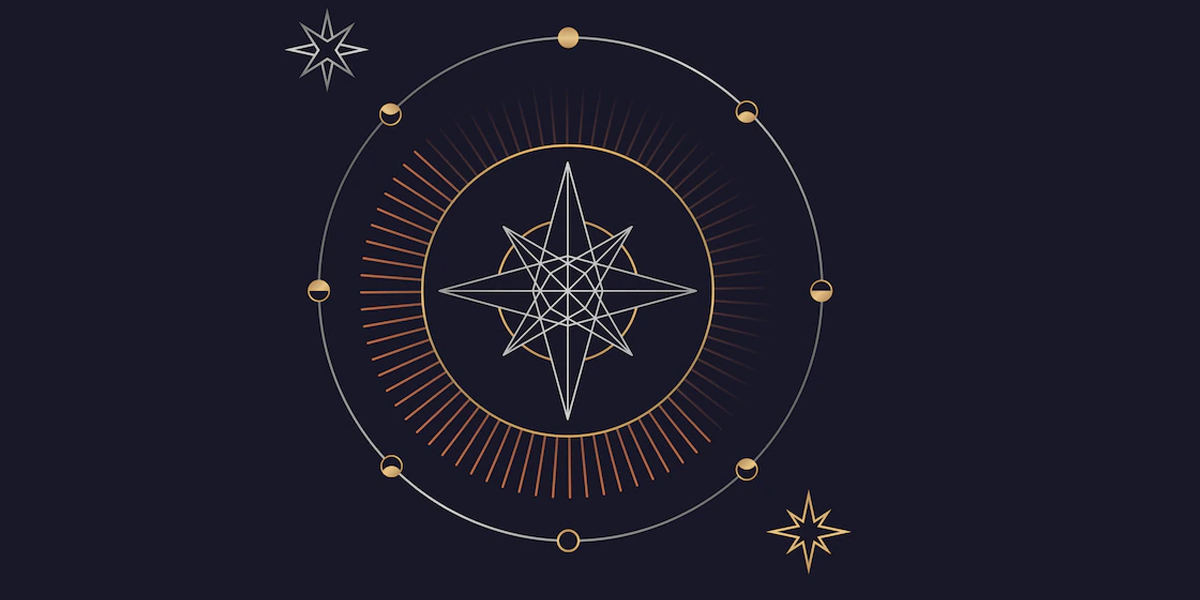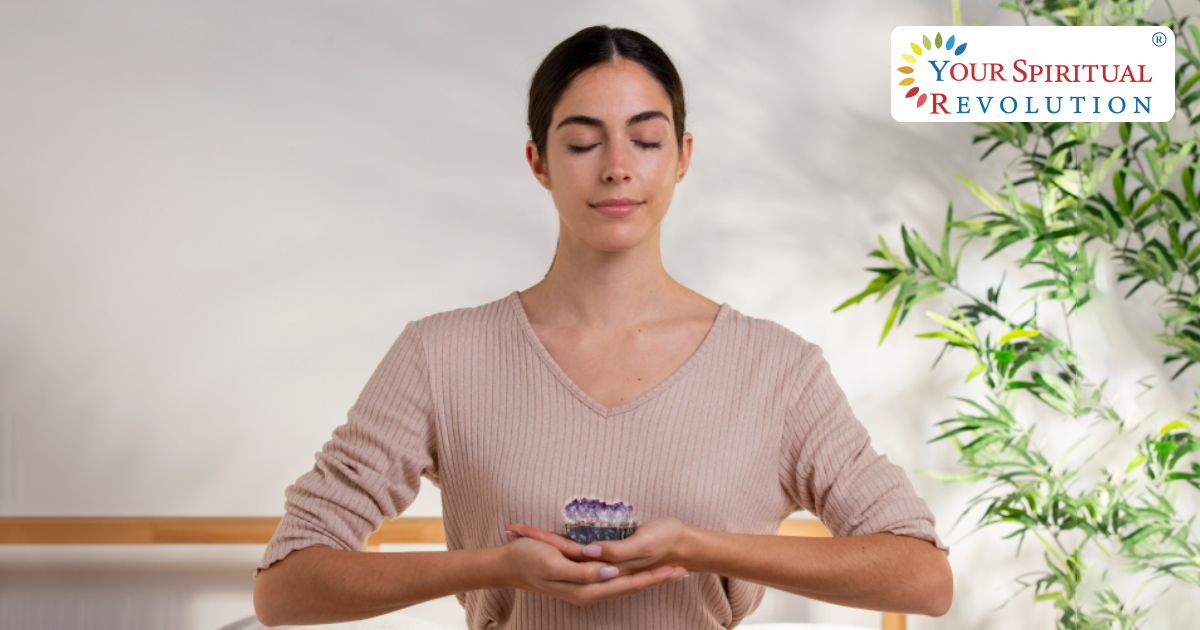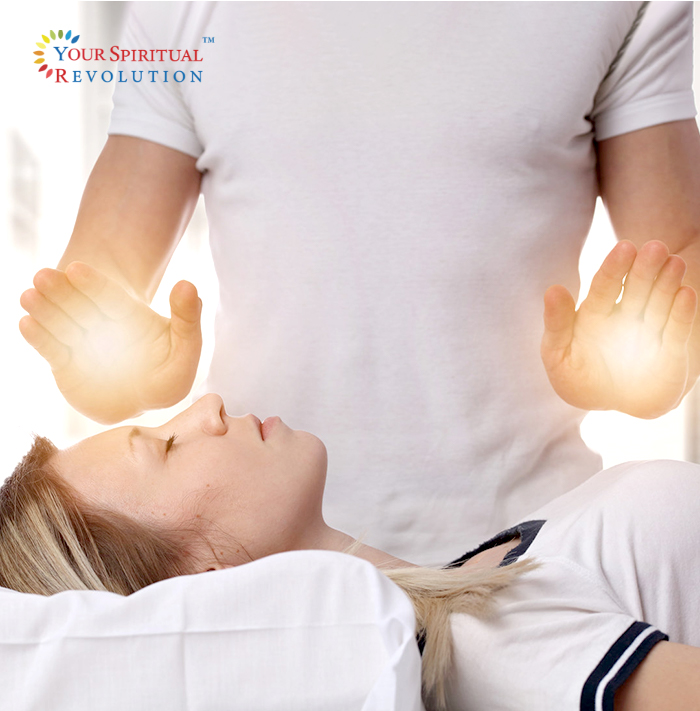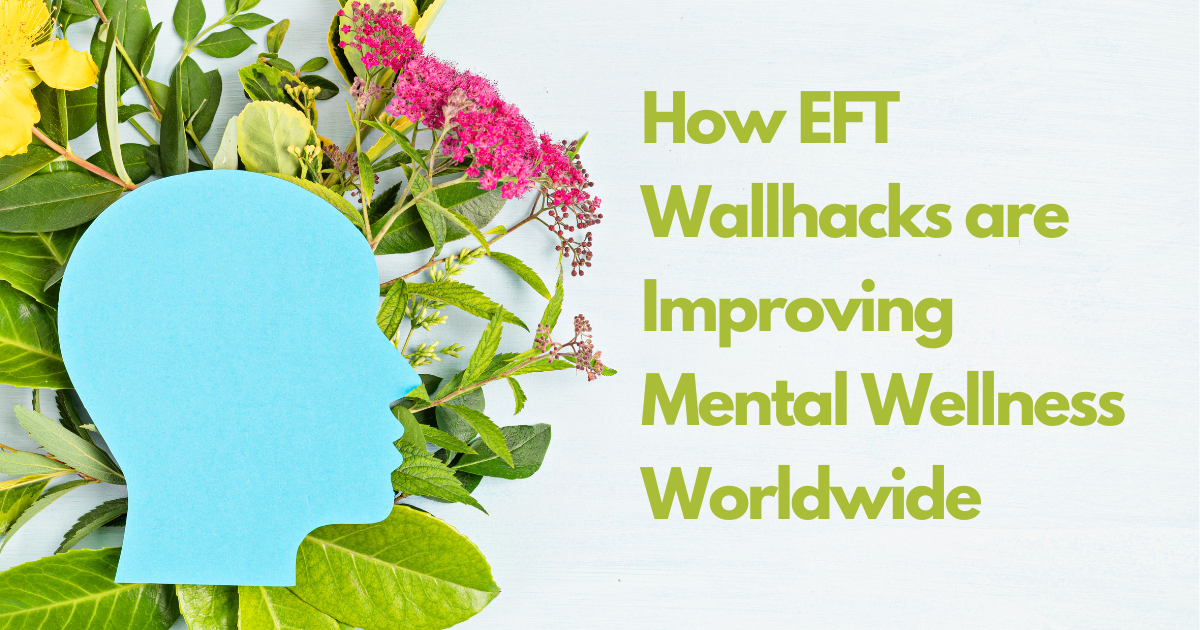Excerpts from Mindfulness and Me: A Practical Guide for Living from O-Books
“…There are so many things in this world that are hurtful: other peoples’ words, our own thoughts, unavoidable experiences, empathy and compassion for the suffering of others. It can be overwhelming. Mindfulness is a practice of protecting yourself from identifying with the experience. Someone says something unkind, and we don’t take it personally because we have the mindfulness to remember they are speaking out of their own suffering. We think negative thoughts about ourselves, and we are not wounded because we are in mindfulness (sometimes translated as remembering) and know that our thoughts are not true to reality. We are angry and are not hurt by our anger nor do we hurt others in our anger because we have the mindfulness to breathe with our anger and recognize it as a temporary visitor clouding our judgment.
I often paraphrase a quote from Jon Kabat-Zinn and say to people, “When you stop trying to make something special happen, you realize that something special is already happening”. There is a popular myth that mindfulness and meditation are something mystical and magical, and that is partly correct. There is magic in simply letting things be as they are. There is magic in breathing. There is a mystery in being in tune with our own experience and with nature. The only way to experience the true gifts that meditation and mindfulness have to offer is by setting aside your beliefs and assumptions about what you think it’s supposed to be.” Pg. 2-3
“You’re not alone if your first thought when you read the word ‘meditation’ is an Asian man in orange robes sitting in a monastery in silence for hours on end. You are partly correct. Meditation is the translation of the Sanskrit word Smrti. Sanskrit is an Ancient Indian language, so you see it a lot with original Hindu, Buddhist, and Yogic writings because they all came from India a few thousand years ago. Smrti (meditation) was a practice for improving mental clarity, focus, and emotional stability among other things. Unfortunately, the everyday practicality of this mental exercise is lost in cultural translation and meditation became associated with Buddhism as a religious custom.
I say ‘unfortunately’, not because there is anything wrong with being a Buddhist, but because a lot of people assume that meditation is not for them simply because it is seen as a Buddhist religious practice. Buddhism was originally developed as a way of understanding and reducing human suffering and meditation was a primary way to do just that. Meditation is also a core practice in other religions and life philosophies such as Zen, Tao, Yoga, Hinduism, and – believe it or not – Christianity. For all of these life philosophies and religions, the major tenets include kindness, patience, generosity, compassion, nonattachment, peace, and simplicity.
Meditation was developed as a tool. It was never intended that the goal of meditating would be to be able to meditate. The purpose of meditating is to become better at living. Meditation is a way to cultivate relaxation, inner peace, mental clarity, focus and concentration, emotional stability, kindness and compassion, simplicity, and mastery over cravings and habitual patterns of reacting. These ideals are not exclusive to any culture or religion. They apply to every person in every occupation and in every stage of life. The history of meditation is that it was developed as a way to improve lives and relieve suffering but through misunderstanding and wrong perceptions, it was lost to many people. The truth always reveals itself if one is willing to see it.” Pg 4-5
“I am a mental health therapist by day and meditation teacher and a psychology PhD student
by night. A real-life Batman I suppose. I was talking once to a client about her goals, and she
said to me, “I want to be an active participant in my life”. This really struck me. With her permission, I’ve been using it ever since. Think about it, can you really say that you’re an
active participant in your life? In order to participate, you have to be there. You have to be in the moment. The now. Life happens in the current moment and if you’re somewhere else – your thoughts, memories, fears, future, stresses – then you’re missing it.
Life moves on without you. How many times have you said good morning to someone without making eye contact? Been driving, and you realize you don’t even remember the last 10 miles of the trip? Been lying in bed with your partner and you’re on your phone and not even consciously aware that they’re there with you? These are moments of your life that you are not going to get back. All too often it takes a drastic event like a death or a divorce for people to realize how much of their life and relationship passed by on autopilot without much notice. Consider this your
opportunity to learn that lesson now. Before it becomes painful.
Every beautiful and wonderful thing happens in the present moment. Some painful things happen in the present, but honestly, a lot of our pain and suffering comes from old stories, thoughts, fears about the future, and clinging to some expectation or situation. Art is created in the present moment. Hugs, kisses, and holding hands happen in the present moment. Smells, sights, sounds, and tastes are all present-moment experiences. Being in the now also gives you the power to make changes. You can plan and prepare all you want, but it takes being in the moment
and deciding to actually do something different in order to make a change in your life.
Mindfulness is a practice of empowerment. It all starts here.” Pgs. 10-11
“When people think of being present, or even mindfulness in general, usually what they are thinking about is paying attention. This is part of it but by no means all of it. Presence is paying attention plus. Attention plus open-mindedness. Attention plus kindness. Attention plus non-defensiveness. The point is, presence is not a synonym for attention, but attention is a skill that we have to practice. Attention is basically two brain functions: attending to an object and ignoring anything that isn’t that. Let’s say that you want to be present to the wind in the trees, in a conversation, in a hug, or in an emotion. Your attention is like a flashlight. You can choose where to direct it, so you direct it to the object. The problem is, your brain will do that willingly for like .3 seconds and then it’s like ‘Okay, took that in, what’s next?’ and your attention continues to dart around from thing to thing, distraction to distraction, internal story to internal story. Ignoring distractions is new for your brain. It’s difficult and it goes against what your brain does naturally.
The practice of presence is not about fighting your brain. Mindful meditation is not a practice of struggling. Quite the opposite. Mindfulness and meditation are practices of not efforting, of not fighting, of gently guiding. A lot of people think that meditation is about not getting distracted. There is this myth in pop culture that to be meditating ‘correctly’ your mind has to be blank or you have to be able to focus for 15, 30, or 60 minutes at a time without a single distraction. This could not be further from the truth. Meditation is a practice of learning to get distracted and come back to the object of your meditation. Imagine distractions like ripples on the surface of a lake. Wind exists. Currents exist. Birds land on the lake and people throw in rocks. There are ripples. That’s just the nature of being a lake. We don’t say, ‘In order to be a peaceful lake, you must get rid of all your ripples’. Can you accept that having distractions is not something to get rid of, but just a natural part of being a person?



